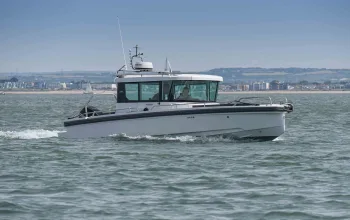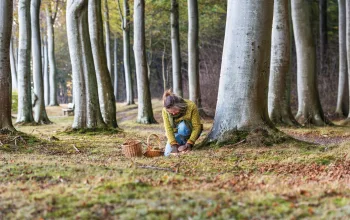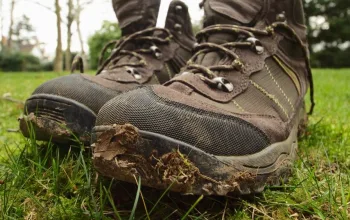What’s the attraction to sea kayaking?
The concept might seem self-explanatory but summarising sea kayaking as simply ‘kayaking in the sea’ is rather missing the point. The attraction of paddling your own craft in the waters around Britain or elsewhere is the exploration of the coastline itself – that spectacular and always dynamic natural zone where the land meets the water. It’s full of wildlife too, with Dolphins, seals, sea birds, and a large variety of fish in the water around you. With wide open estuaries, sheltered bays, sandy coves, sea caves and islands to explore, independence, freedom and adventure await – not to mention over 30,000 km of Great British coast for starters.
Safety considerations when going out sea kayaking
As the saying goes: fools rush in. The sea is powerful and can be unforgiving, and British waters have dangerous currents, strong winds, big waves, fast tides, rocks and cliffs, as well as cold waters down to 5 degrees.
Pre-paddle checks
If you’re taking up sea kayaking, you’ll need to become an obsessive weather checker. Other essentials include tide times, wind and sea conditions, and the sunset time. You don’t have to be an expert to know that our weather is changeable, but at the coast this volatility is amplified, with microclimates and tides all influencing conditions.
Join a sea kayaking course or club
Sea kayaking is a great way to escape ‘normal’ life and immerse yourself (hopefully not literally) in nature. But your first paddles are best taken with others. Basic sea kayaking courses are plentiful, where you can learn essential skills like navigation, how to interpret the weather, and how to plan trips around tide times. These clubs are an excellent place to start, as they will provide support, advice, training, sometimes gear and even logistics with group trips to the coast. See British Canoeing for advice, resources and links to clubs and centres.
Types of sea kayaking boat
You’ve paddled with a club or on a course, and now you want your own boat to explore on. But which one is for you? Here are the main options available…
 Recreational Kayaks
Recreational Kayaks
Easy to use and stable for beginners, recreational kayaks are better for calmer, sheltered waters. These are fairly short at 10 to 12 ft long, but made of polyethylene plastic than can be heavy to carry.
 Touring Kayaks
Touring Kayaks
More expensive but better performing, touring kayaks are 12 to 17 ft long, with sealed compartments for storage and flotation in the event of a capsize. They’re built for travelling long distances in open and even rough water.
 Sit-on-Top Kayaks
Sit-on-Top Kayaks
Great fun for all the family, sit-on-tops are wider and slower than touring kayaks and due to their open nature are obviously better for warm weather and water.
 Inflatable kayaks
Inflatable kayaks
Folding down to a duffel-bag sized pack, inflatables are easily stored and carried. They’re also surprisingly sturdy, very light, buoyant and easy to use, although they can take more effort to paddle




















